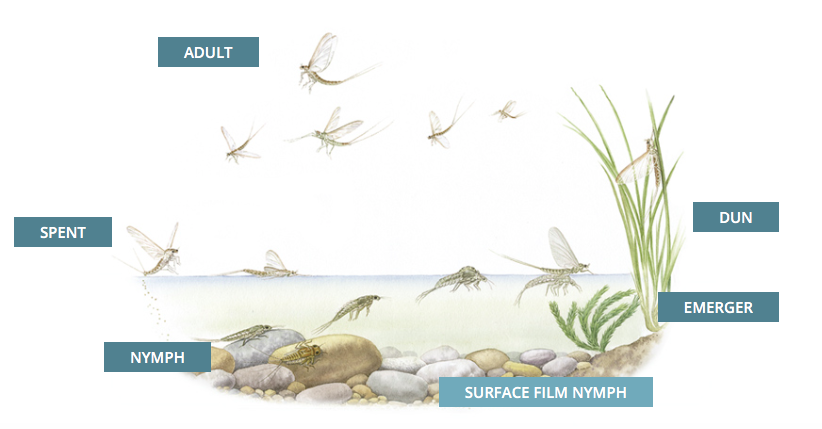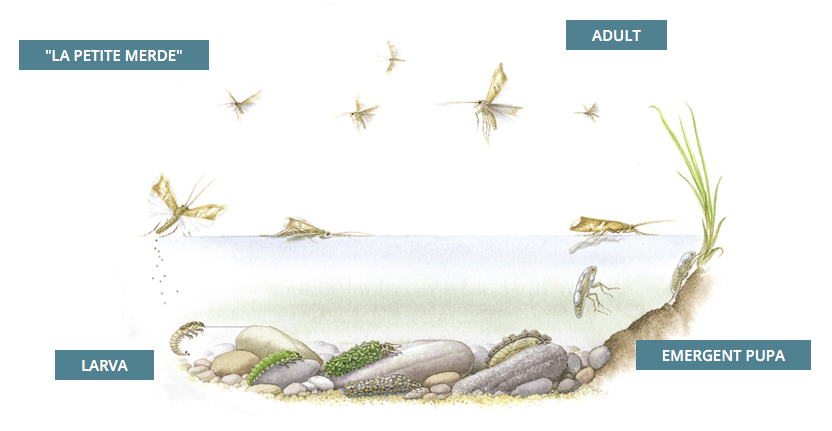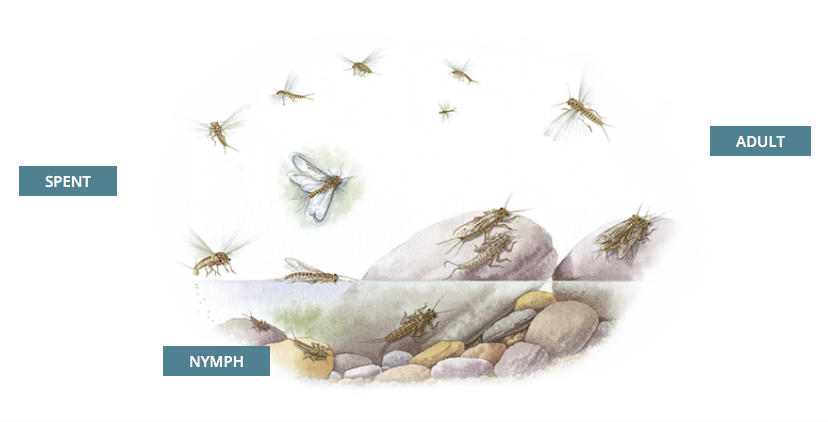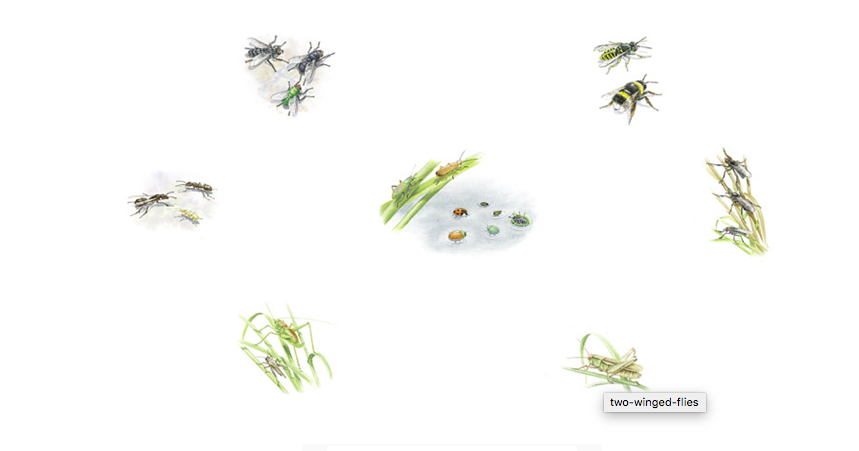
Marc Petitjean
Marc Petitjean
Photos Barry Ord Clarke
1, Choice of equipment Rods, reels, fly lines, fly floatants, clothes, glasses and other useful items.
Can I be rude? For me a line, reel, and rod are nothing! A good set up is the one that I forget! Because nothing should be between my mind and the place where I want to put the fly.
I do use some floatants on my flies. When I make the body of my flies I twist the feather, and by twisting the feather the mucus from the fish can enter the structure. The mucus of the fish is not good for flotation so that’s why I prefer to use CDC floatant and to put it on the body first so that the mucus cannot penetrate, this is the first point, the second point is because the body is a bit oily its much easier to clean. I never put oil on the CDC wings because when you cast the wings touch the body and the floatant I apply to the body will be enough for the wings. I only put CDC floatant on the body itself.
Before I start fishing, every time I tie on a new fly, I apply a drop of CDC floatant only to the body. Why do I do that? because I realized it's very hard to know or remember which one has been oiled and which one not. Every time I tie on a new fly I will apply CDC floatant to the body.
Polaroid sunglasses are very important. I prefer light lenses because as you get older you have less capacity to see well. Sometimes it not an advantage to see the fish well coming to the surface to take the dry. Very often you can strike a little bit early, so you need to train yourself, if I am fishing on a river that I do not know and the fish are a bit slower, I will take off my Polaroid glasses because I prefer to see the take, instead of seeing the fish before.
About fly line for me whatever you put on the water, and it is very easy for me to demonstrate what I am saying, whatever you put on the water even if it is translucent / transparent will cast a black shadow on the bottom, so choose a piece of water with a depth of about 20 cm an make a demonstration for yourself, use an intermediate line which is usually clear or translucent, put the line on the water and you will see a black shadow on the bottom. So that’s one point, for floating lines I don't care about the color.
2. Leader material, build-up, length, and knots.
I always try to extend the leader so there is a big distance between the fly and the fly line. I used to use leaders that I made with Kevlar because they penetrate the air very well, they have a very small diameter and are very heavy, but people don’t like to treat that kind of leader. These braided leaders a very accurate even in the wind because air pressure does not have that much effect on those types of leaders but as I said the disadvantage is that you need to care for them quite a lot, and you need to grease them before you start fishing and after four or five hours the grease is gone so you have to let it dry and treat it again. Now I use monofilament tapered leaders.
A tip I could give, in small rivers I use short leaders, with these short leaders I believe I am more accurate, on wide rivers with no wind I prefer very long leaders three to four meters. On our rivers here in Fribourg I can fish with leaders which are not longer than one and a half meters.
I like knots which are quick! I like very much the perfection loop because it gives the fly more freedom and looks like it not attached to the leader itself. The great disadvantage of that perfection loop is that it is probably not the strongest, but I prefer to go up on size in tippet strength and use the advantage of the freedom and movement between the leader and the fly given by the perfection loop.
3. Approach and stealth.
Very often I spend time just observing, looking because the main mistake we all have made is jump into the water or to get too close to the water to be able to fish on the other side. There are as many fish on the other side as there are on our side! So very often we all notice that we come to close to the river and you see the fish bolt off! This shows we have to be very careful on the bank we are fishing. Fly fishing is not like fishing with a spinner which is only in front of you, fly fishing is in front and behind of you, so you have to consider both sides before you start to fish. It is very important to be in the right place, sometimes I spend more time to find the right place and to reach the right place than I fish, of course, I can cast 27 meters but what we have to know is if I am on a lake and I cast out to a rising fish at 27 meters I might! be able to hook the fish, but on a river, you will miss, because you simply have too many currents, so I much prefer to find the right place and to fish only 10, 15, or maximum 18 meters away.
4. Reading the water.
The answer to this question could be not just one book but hundreds of books! It depends on the water itself, so it could be a lake a normal river, a mountain stream so it is always different, do we have deep or shallow water? We have a very special river in Switzerland called the Emme, I remember the first time I went to the Emme I was fishing close to both banks and finally, 2 hours later the guy who took me with him said Marc the trout are only in the middle! I said it's impossible, Ok he said do as you please and he continued to catch one trout after another. At the end of the day he said come with me I would like to show you something. In the Emme, there is some deep pressure in the middle of the river where the fish rest, so the fish are in the middle of the river so you cannot see them and you walk on them! So that’s why I said I will not answer the question because there are so many different rivers or options that are related to a special environment that I simply can't give an answer because there are hundreds of options.
5. Casting ability which casts are essential.
I remember when I started I was not able to do what I can do now 30 or more years later. What I can say is, is that the main mistake is to cast too far which is very often wrong because long casts are not precise and on top of that it's very hard to set the hook, so it is much better to find the right place allowing me to put the fly precisely where I want.
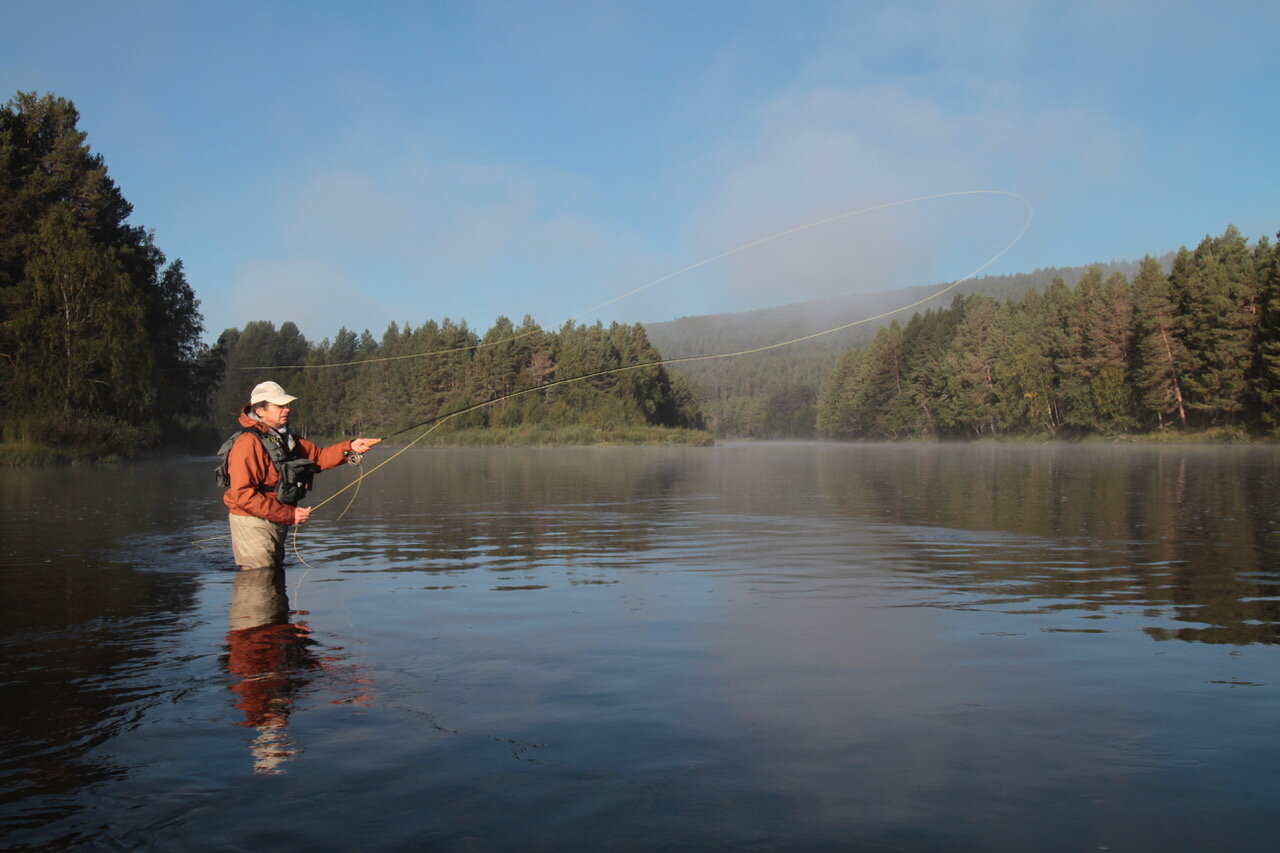
6. Entomology, what should we know.
There are several answers to this question, the first is what is important in entomology? I would say not that much, when you are in Switzerland you have very often people who say Baetis Rhodani, Baetis Alpinus and so on I hate that! You know why? Because you cannot classify a species of a subimago, you have to wait to get an example of the Imago and you would probably have to look through a magnifying glass to see if at the bottom of the wing to see if there are 2 or three veins, so you cannot answer properly.
I very much like the way they describe it in the U K, BWO Blue-winged Olive because in Europe we have probably more than 400 species which have the same characteristic which is an olive body and a blue wing. I do have a lot of respect for entomology but entomology and fly fishing are not the same, so for me it is very important to determine if the fish are feeding on insects which have a tail or not that means if they are Ephemera, Plecoptera, or caddis or whatever and how big they are, so if you are right with the type of fly you use, right with the size you will be successful.
7. Rise forms Can they tell us something?
Yes of course but not for the first 10 years you fish, the first thing is that you are so excited to see a fish taking flies from the surface, you don’t think any further after you can read how they take, you can see that when they take a spinner which is dead insect lying in the surface so the rise will be calm, so the fish will come to the surface take the fly and go down, when you have a subimago, sub Imago by definition is an insect which is going to take off so very often fish that are taking sub Imagos will rapidly take the fly because they can escape. Another thing, at the end of the day you can see the fish taking very small midges or small beatles, just to make a difference between the small and large because they know it can be dangerous because there are fishermen fishing with big flies so they take only small insects and of course it is a very small take.

8, Fly selection, Size, shape, materials, which flies are essential.
I Like your question !!! and I am sure you will not be surprised if I say I only use one material for tying flies which is CDC because I do think that CDC is a very good material for all tying. Now I will explain why! I will not just say it is a good material; Of course, it is good material. If you can remember I started to be known around 1980 and I sent some samples of CDC everywhere and since the eighties, you can see a popularization of CDC all over the world, so this is not only me that noticed that it is a good material for tying flies it has been known everywhere as good material, and why ? because of the structure, if you see the barbel there are very small barbs on the barbel itself and these barbs catch two things, air or water and it provides movement, and movement is equivalent of something which is alive, and alive means protein and the fish we are looking for are just looking for protein that's all, so maybe it is not nice to say that, but they are opportunistic feeders and they are calculating even how much energy they are going to lose by reaching the surface and how much they are going to get if the difference is not beneficial for the fish, the fish won't rise.
9. Presentation and drifts.
This is a very very important part of fly fishing, you can have the best fly, but if you are not presenting correctly you will not have any success so you have to take particular attention to that. I would say sometimes I will be behind the fish sometimes I will be square with the place I want to reach the fish, sometimes I will fish downstream, it depends very much on the situation of the trees and bushes, and there is one thing more I would like to talk about, we should never forget that in nature they are free those insects and by the fact that you have a leader attached to your fly the drift will never have the correct speed, by definition you have a brake provided by the leader itself, some very good fly fishers develop techniques which will reduce the effects of drag so we really have to think about that. How many people say Oh I missed that fish but the drift was probably not the right speed so the fish has taken right on the top instead of fly entering the throat, so we have to think about that. I know that on the surface it's very easy to see the fly but its very hard when it is under the water, in another way we should keep in mind that probably 80 percent of the food of the fish is taken under the surface so we may have some missed opportunities but we have so many more options or opportunities to catch a fish that we should not complain, just study.
10. Upstream or downstream? See previous answer
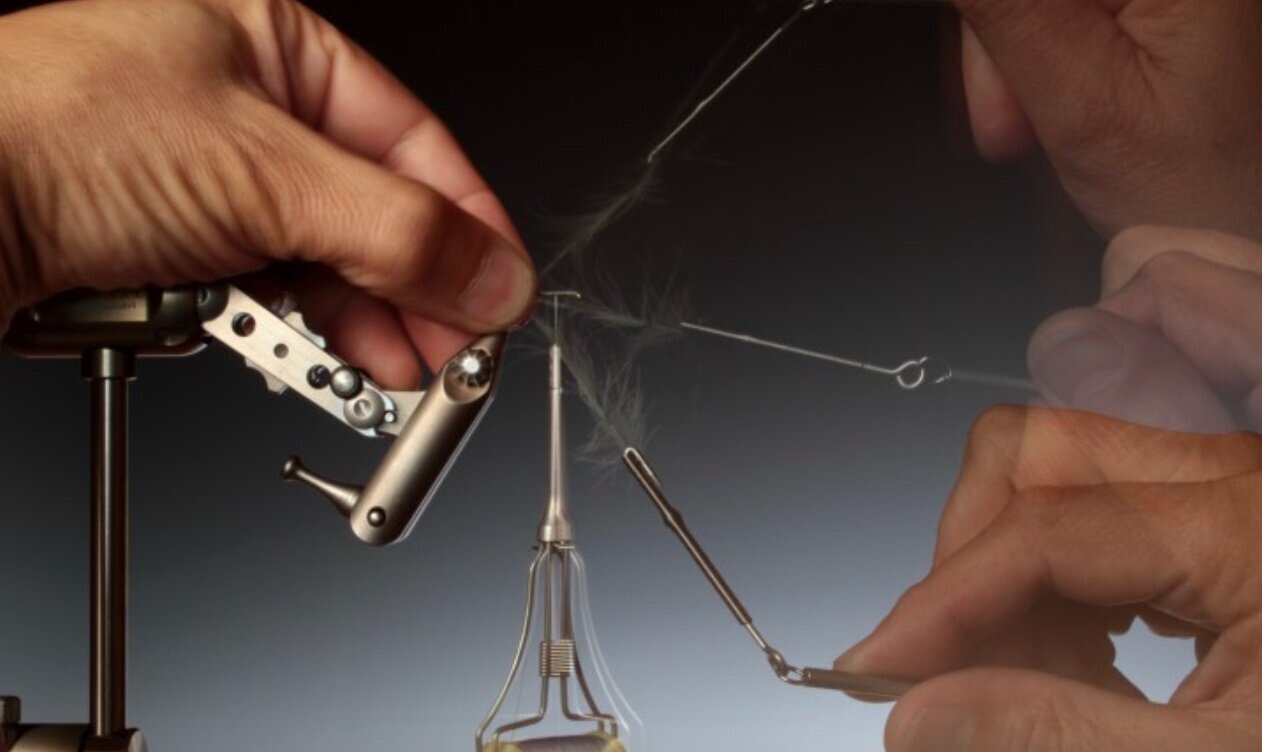
11. fighting fish.
MP: When I was young and started fly fishing every single fish which was rising I wanted to catch big or small, I wanted to catch as many as I could, now getting older I think there is kind of as cursus and it changes just a little bit. I have caught a lot of fish so now first of all I choose a fish and I would like to catch, I oversize the tippet in order to bring the fish in as quick as I can and sometimes I even use my pliers to bend the hook so the point is touching the body so that I am sure! that I will not catch the fish. Once again if you make a total of all the fish I have caught its incredible. It's normal at the end of your life that you change your mind, because you have learnt so much.
CR: That’s a great interview Marc thank you, there are some wonderful things in there, really! that's why this is so important to me to collect all this experience not to lose it for futures generations.
MP: Yes but you should also say at the beginning is that Pause Tying and Fishing is the question of a lifetime so you have a certain cursor. There are things I will not do any more that I have done. I remember one thing, here in Fribourg why I arrived 40 years ago I didn’t know what a grayling was! And suddenly I caught a grayling and I realized that the grayling was 2 cm too small to kill, you know what I did? I killed that fish and I ate it because that was my first grayling I caught in my LIFE! of course after that never again Laughing but this is something I will not tell anyone but as you are getting older everything changes.
CR: Marc, what a wonderful fly fishing library you have!
MP: Yes but you learn with your eyes not with books.

